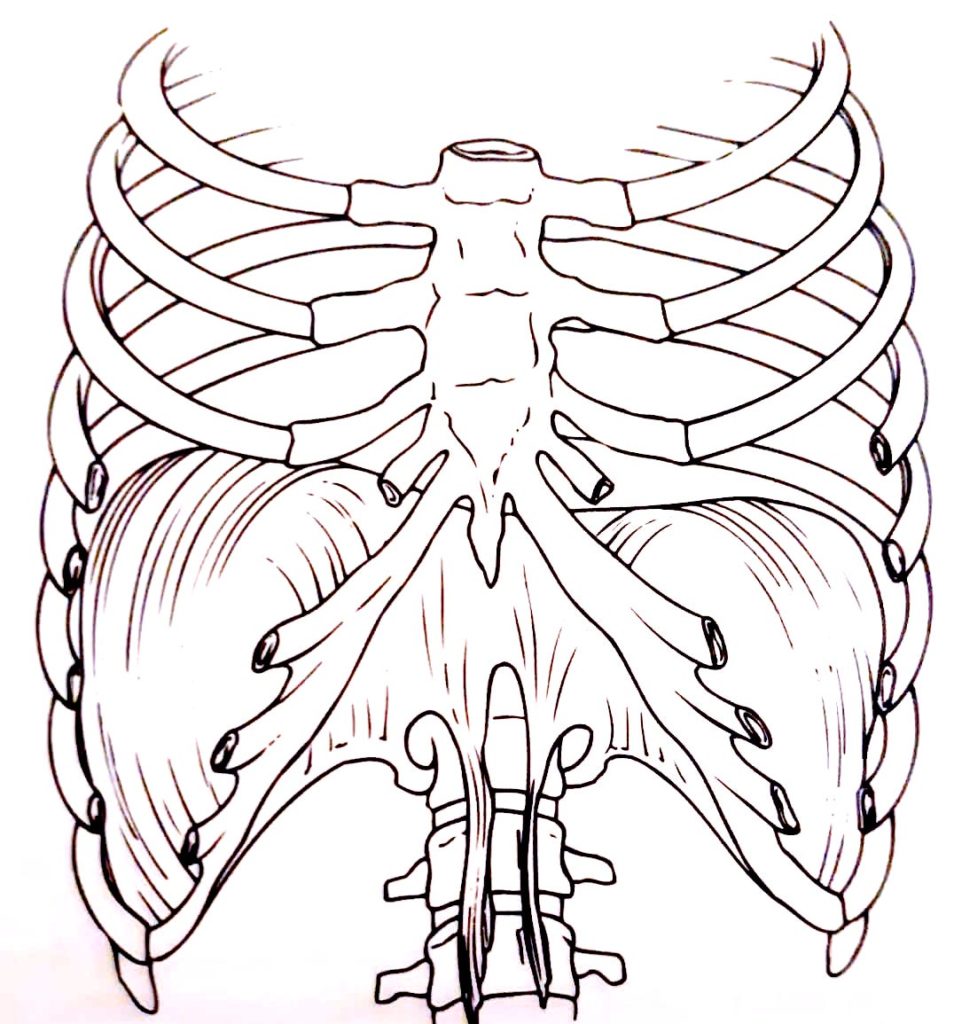Breathing is the backbone of singing, yet it’s often the most overlooked aspect of vocal technique. In this post, we’ll dive into why breathing is so essential for singing and why it often leads to such passionate discussions within the vocal community.
Why Training your Breathing for Singing Matters
Many voice teachers claim that proper breath management is crucial for producing a healthy, powerful, and sustainable sound. Others believe that since breathing is a natural process, singers shouldn’t overthink it. After all, we breathe every day without thinking about it—so why should singing be any different?
While it’s true that breathing is automatic in daily life, singing introduces specific challenges that require more attention. Many beginner singers, for example, struggle with shallow breathing, which prevents the diaphragm from engaging properly, affecting the voice.

The Difference Between Breathing at Rest and Breathing for Singing
The demands of breathing for singing are more complex than those of casual or resting breathing. While breathing at rest is passive, driven by the body’s need to balance oxygen and carbon dioxide, singing requires deeper inhalation and controlled, slower exhalation, keeping the ribcage open longer to support sustained vocalization.
This is not day-to-day breathing behavior. It’s a learned skill that takes practice, awareness, strengthening of the muscles involved, and sometimes correction of habits we don’t realize we have.
When you have control over your breathing, your voice becomes much more stable—especially when transitioning between vocal registers (like chest voice to head voice). Deep, full breaths provide steady airflow, helping your vocal cords vibrate freely and produce a rich, vibrant sound. Without proper breath control, you might experience shaky notes, weak sound, or trouble sustaining long phrases.
Breath Control Across Different Vocal Styles
In some styles, like pop, singers don’t need to worry as much about breath control because the microphone amplifies their voice and musical phrases tend to be shorter. There’s also more freedom to create your own style without the pressure to adhere to a composer’s original vision or match the performances of those who came before you.
This allows for a more flexible approach to breath management—though even pop singers would obviously still benefit from working on their breathing! It still plays a crucial role in vocal health and overall performance quality. It just doesn’t have the same weight as in other genres.
In classical and musical theatre the demands are far greater. These styles rely on long, sustained phrases, powerful high notes, and dramatic delivery. Classical singers perform unamplified, so their voice must carry without external amplification. Musical theatre performers, in addition to vocal challenges, often have to sing while dancing.
These styles require consistent airflow and solid breath support—without which, singers struggle to maintain vocal power, pitch accuracy, and stamina, especially during demanding schedules like 8-show weeks.
The Connection Between Voice, Body, and Mind
Our best singing comes from a breath that’s free and unrestricted. To achieve this, your body must be properly aligned to allow the diaphragm to move and the ribcage to expand fully.
The voice cannot be separated from the body. Your breath, posture, and physical conditioning all contribute to the quality of sound you produce. This is why vocal exercises are often paired with movement exercises to improve overall stamina, flexibility, and control. Just as a musical instrument needs tuning and care, so does the body to produce a healthy, resonant sound.
Breath also affects performance anxiety. A deep, free breath can help calm the mind and center the body, preventing anxiety from interfering with your vocal performance. A solid understanding of breath engagement can also help maintain emotional clarity during intense or challenging songs, ensuring that your emotional expression remains authentic and powerful.
Conclusion
Whether you sing pop, opera, or musical theatre, mastering proper breathing for singing is an essential skill for every serious vocalist. Breath control not only enhances your vocal power, endurance, and ease, but also helps protect your voice from strain and injury.
Have you ever struggled with breath control during a performance?
Are you ready to take control of your breath and elevate your singing? Book your free consultation today. I’d love to help guide you on your vocal journey.

Interesting article!
Thank you Abraham! 🙂
Didn’t realize there was so much involved in singing and breathing! Informative article, Luana.
Thank you Joe! Glad you found it useful!
Interesting info. Any ideas on how to remedy someone’s constant breathy tone? And, what is “mixing” that you mentioned?
Hello Terry! Thank you for your comment! 🙂 In a healthy voice, what you define as a constant breathy tone is often due to a lack of adduction, meaning that the vocal cords are not closing well together. So exercises to improve adduction might help!
Mixing is the ability to transition from the lower part of your voice (chest voice) to the higher part (head voice) without sudden changes in vocal quality, without disconnecting into falsetto and without strain or fatigue. This is achieved through training with specific exercises tailored to your voice.
Enjoyed reading this! Good teaching!
I have always thought there was too much emphasis placed on the diaphragm. It functions exactly as you described. Up and down up and down 24/7 😉
Thank you for your comment Elisabeth! Glad you enjoyed it! 🙂